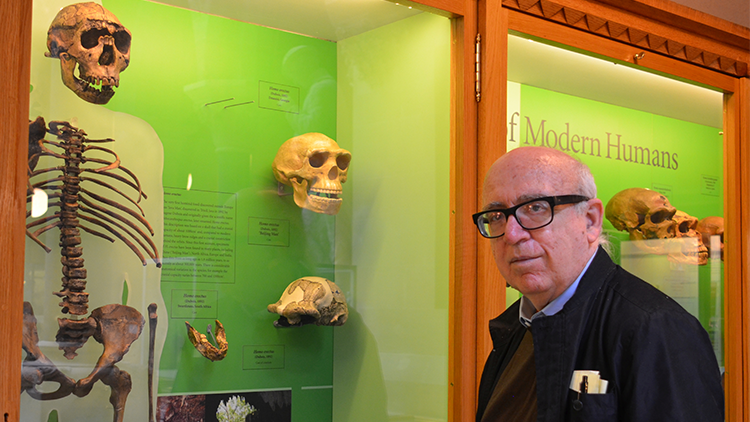Madurai Yatra
Mathura of Southern India (Daksina-mathura)
Southern Mathura (Daksina-mathura), presently known as Madurai, is situated on the banks of the Vaigai River and is one of South India’s great temple towns. Madurai is synonymous with the celebrated Meenakshi Temple. On the day the city was to be named, as Lord Siva blessed the land and its people, divine nectar (Madhu) was showered on the city from Lord Siva’s matted locks. This city was henceforth known as Madhurapuri. During His South India tour in 1510 AD, Lord Caitanya Mahaprabhu visited Madurai twice, once while going to Rameswaram after meeting the brahmana Ramdasa Vipra, who was a staunch devotee of Lord Ramacandra. The next time was on the way back from Rameswaram with a copy of the Kurma Purana scripture, which had a verse stating that Ravana had kidnapped an illusory Sita, and that the real Sita was safely hidden by Agnideva. Lord Caitanya personally gave this copy to Ramdasa Vipra to dispel his doubts about mother Sita’s kidnapping.
A great Vaishnava, Srila Narayana Bhatta Gosvami, who was a very close associate of Srila Sanatana Gosvami appeared in Madurai. the identity of Srila Narayana Bhatta Gosvami is revealed as Narada Muni. Lord Balarama visited Madurai during His holy pilgrimage [Srimad-Bhagavatam Canto 10 chapter 79 verses 11-15]. Srila Bhaktisiddhanta Sarasvati Thakura visited Madurai in the year 1904 and collected all the information about the rites and rules of Vedic tridanda Vaishnava sannyasa from a Ramanujan tridandi Swami at Perambalur. A.C. Bhaktivedanta Swami Prabhupada also visited Madurai once during his household days for business. “It was at Madurai that Abhay showed some of his writings to Muthuswamy Chetty, another medical salesman. Mr. Chetty was impressed and felt he could persuade his wealthy friend Dr. Alagappa Chettiar, the famous Birla of the South, to finance the printing of Geetopanishad manuscript.” - Prabhupada Lilamrita. However this project could not progress ahead as Abhay found his original manuscript missing from his house which he could never ever find. Probably stolen by servants or given out for some money by family members.
This place of pilgrimage is specifically meant for the devotees of Lord Siva; therefore it is called Saiva-ksetra, that is, the place where Lord Siva is worshiped. In this area there are mountains and forests. There are also two Siva temples, one known as Ramesvara and the other known as Sundaresvara. There is also a temple to Devi called the Minaksi-devi temple, which displays very great architectural craftsmanship. It was built under the supervision of the kings of the Pandya Dynasty, and when the Muslims attacked this temple, as well as the temple of Sundaresvara, great damage was done. In the Christian year 1372, a king named Kampana Udayar reigned on the throne of Madurai. Long ago, Emperor Kulasekhara ruled this area, and during his reign he established a colony of brahmanas. A well-known king named Anantaguna Pandya is an eleventh-generation descendant of Emperor Kulasekhara. [Sri Caitanya Caritamrta Madhya lila chapter 9 verse 179]
Madurai has a rich cultural heritage passed on from the great Tamil era more than 2500 years old. Madurai was an important cultural and commercial centre even as early as 550 AD. It was the capital city for the great Pandya kings. The Pandyan King Kulasekhara built a great temple and created a lotus shaped city around the temple. Madurai is famous for Jasmine Flowers.



